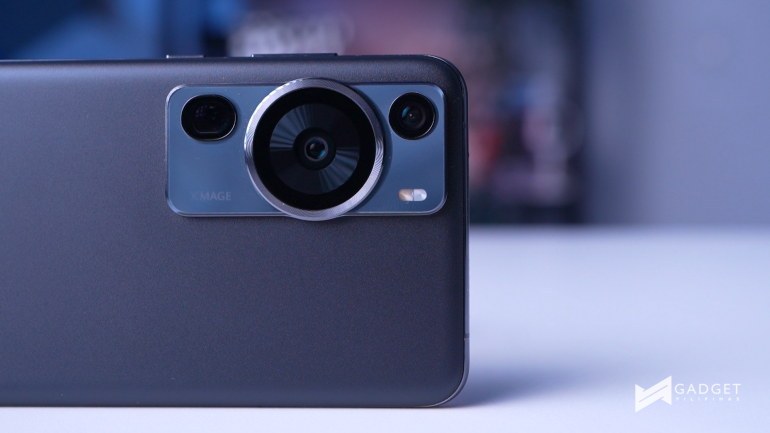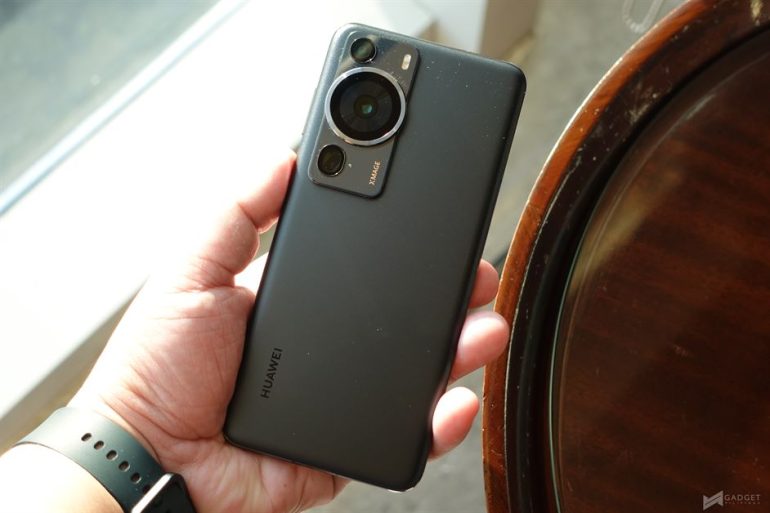Huawei‘s P series is bidding farewell after 12 years, culminating with the P60 as its final installment. Now, a new era begins with the introduction of the Huawei Pura series, signifying purity and beauty in Spanish, and pronounced “piu rua.”
Huawei Pura Series

This transition marks a significant milestone, reflecting the brand’s commitment to timeless elegance and innovation. The pronunciation of “Pura,” mirrors its minimalist translation: beautiful.
The Huawei Pura series showcases compelling brand positioning, inspiring users to pursue their passions with determination. With a focus on aesthetic design, unrivaled imaging capabilities, and original style, the Pura series promises to redefine beauty and innovation in the smartphone landscape.
The Pura 70 lineup is set to include the Huawei Pura 70, Pura 70 Pro, Pura 70 Pro+, and Pura 70 Ultra. The last of which is set to be the successor to the Art Edition and is rumored to have the same specifications as the Pro+ but with a different design. The Pro and Pro+ models, on the other hand, will differ mainly on the camera and battery. Blind orders for the new devices are rumored to have already started in China.
FAQ:
Q: Why is Huawei rebranding its P-Series smartphones?
A: Huawei is rebranding its iconic P-Series smartphones to the Pura series to mark a significant milestone and reflect the brand’s commitment to timeless elegance and innovation.
Q: What are the key features of the new Pura series?
A: The Huawei Pura series focuses on aesthetic design, unrivaled imaging capabilities, and original style, promising to redefine beauty and innovation in the smartphone landscape.
Q: What can we expect from the upcoming Pura 70 lineup?
A: The Pura 70 lineup is expected to include multiple devices, such as the Huawei Pura 70, Pura 70 Pro, Pura 70 Pro+, and Pura 70 Ultra. The Ultra version will be the successor to the Art Edition and is likely to have the same configuration as the Pro+ model but with an even better design.
Emman has been writing technical and feature articles since 2010. Prior to this, he became one of the instructors at Asia Pacific College in 2008, and eventually landed a job as Business Analyst and Technical Writer at Integrated Open Source Solutions for almost 3 years.





